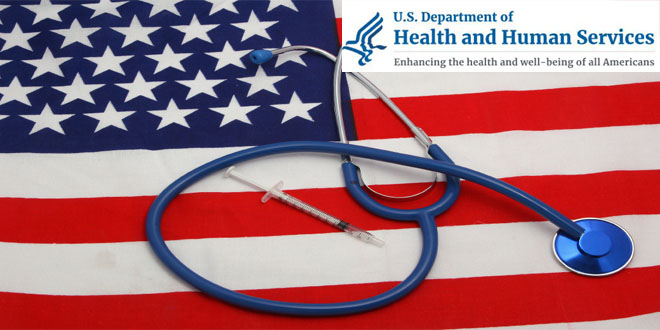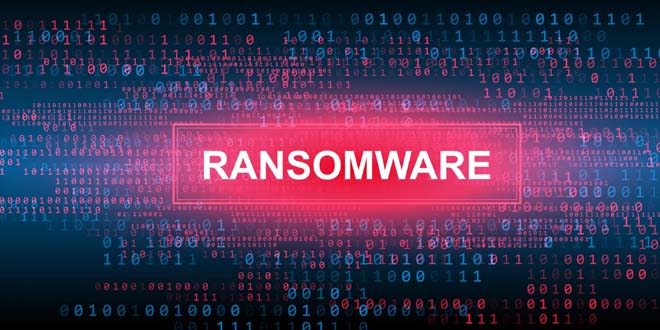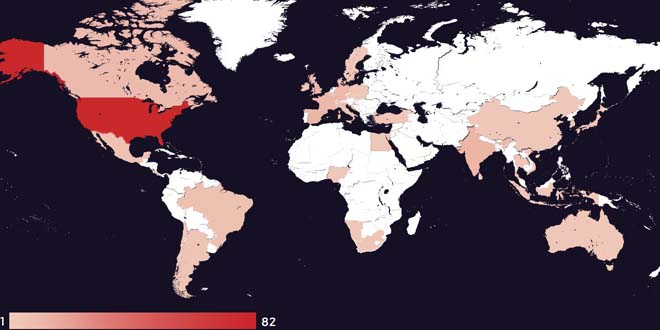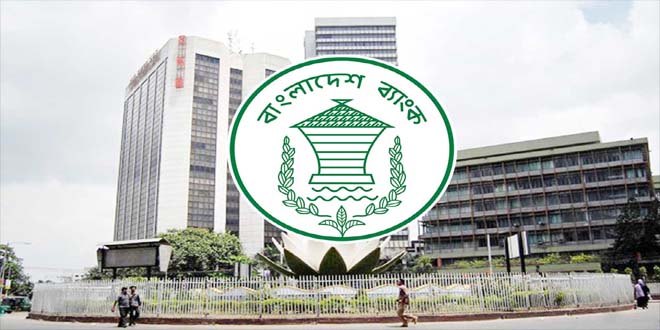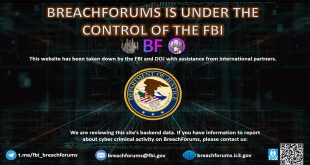The US Department of Health and Human Services (HHS)
has reported that threat actors have accessed sensitive health data of tens of millions of American patients this year.
The HHS reported a significant increase in “large breaches” and ransomware incidents to its Office for Civil Rights (OCR).
By infosecbulletin
/ Wednesday , May 15 2024
FBI has seized hacking forum "BreachForums" popularly known as a Breached hacking forum in the underground market on Wednesday morning...
Read More
By infosecbulletin
/ Wednesday , May 15 2024
Antivirus manufacturer Kaspersky inform that it has detected over 34,000 ransomware attacks targeting various organizations in Bangladesh from January to...
Read More
By infosecbulletin
/ Wednesday , May 15 2024
A vulnerability has been discovered in Fortinet’s FortiOS SSL-VPN and FortiProxy SSL-VPN. The flaw is identified as FG-23-225 which allows...
Read More
By infosecbulletin
/ Wednesday , May 15 2024
According to the Threatmon advanced threat monitoring platform, LockBit is in the top position in the category of top active...
Read More
By infosecbulletin
/ Wednesday , May 15 2024
On Tuesday (May 14), CISA released four Industrial Control Systems (ICS) advisories which provide timely information about current security issues,...
Read More
By infosecbulletin
/ Wednesday , May 15 2024
Microsoft patched May 2024 Tuesday including updates for 61 flaws and three publicly disclosed zero days. This update fixed Microsoft...
Read More
By infosecbulletin
/ Tuesday , May 14 2024
On Tuesday (14.05.2024) Bangladesh Bank spokesperson Majbaul Haque said to media that the information published in the report is completely...
Read More
By infosecbulletin
/ Monday , May 13 2024
The banking industry in Bangladesh is the core driver in economic development of the country. The focus on inclusion and...
Read More
By infosecbulletin
/ Monday , May 13 2024
Fortinet reported that in the second half of 2023, the average time form the disclosure of a vulnerability to its...
Read More
By infosecbulletin
/ Sunday , May 12 2024
Indian government websites have been used by scammers to place ads that send visitors to online betting sites. TechCrunch found...
Read More
In 2023, there were more breaches compared to the previous year. Over 88 million individuals were affected, which is a 60% increase. According to the HHS, hacking was responsible for 77% of these breaches.
It’s unclear from the statement how many breaches stemmed from ransomware incidents this year, although it would appear to be a key driver.
ALSO READ:
“Bonk police” secure first place CTFBD at MIST
“Ransomware attacks are increasingly common and targeting the healthcare system. This leaves hospitals and their patients vulnerable to data and security breaches.” said OCR director, Melanie Fontes Rainer.
“In this ever-evolving space, it is critical that our healthcare system take steps to identify and address cybersecurity vulnerabilities along with proactively and regularly review risks, records, and update policies. These practices should happen regularly across an enterprise to prevent future attacks.”
A recent report by Sophos showed that 60% of healthcare organizations surveyed had experienced a ransomware breach in the past year. This is a slight decrease compared to 2022 when the number was 66%. However, in 75% of these incidents, the data was successfully encrypted. Healthcare organizations were only able to stop an attack before data encryption in 25% of cases, which is lower than the previous year’s 34%.
Ransomware attacks pose a serious threat to health and safety, according to Jan Lovmand, CTO of BullWall.
“These attacks not only disrupt the delivery of essential medical services, postponing critical surgeries and treatments and putting patients’ lives at risk, but also compromise the security of sensitive patient information,” he added.
“Hospitals and healthcare organizations are particularly attractive targets for cybercriminals, and their reliance on technology to manage everything from patient records to surgical equipment makes them uniquely vulnerable. This is compounded by their limited resources to invest in cybersecurity measures.”
 InfoSecBulletin Cybersecurity for mankind
InfoSecBulletin Cybersecurity for mankind

